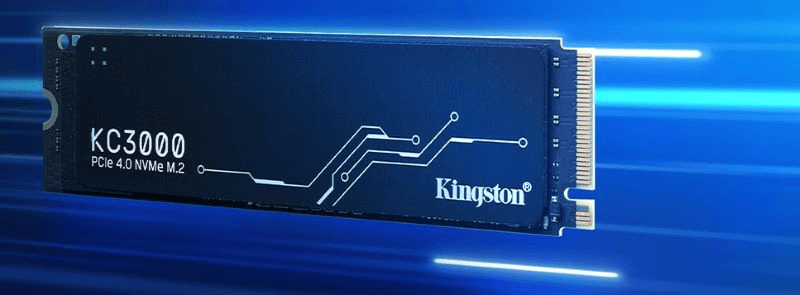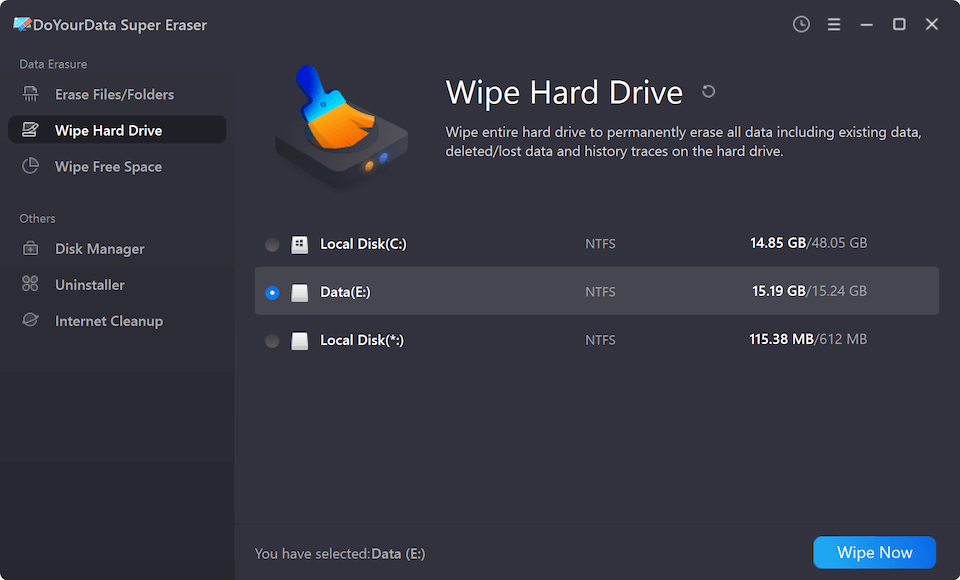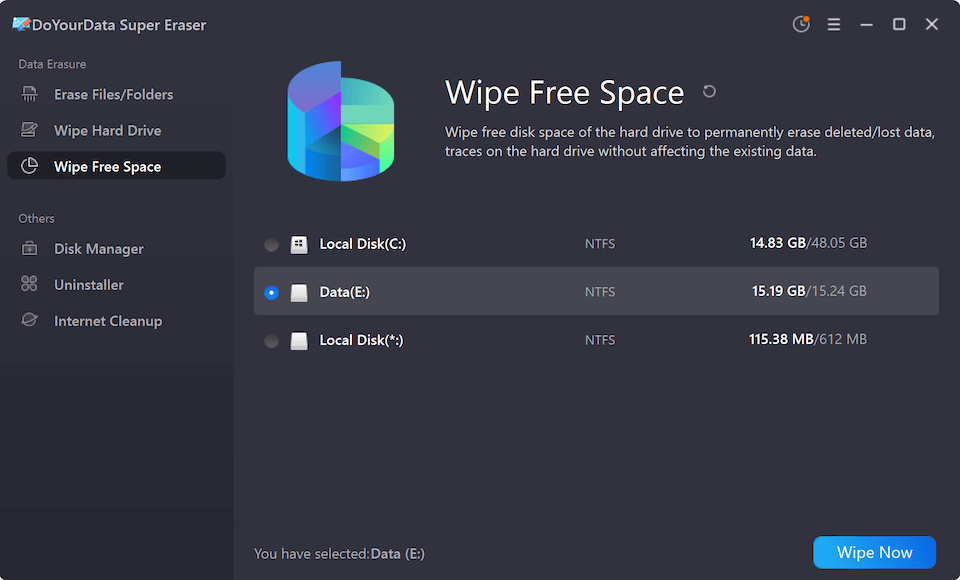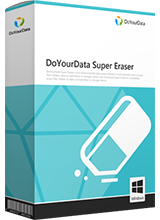Quick Navigation:
- Does Secure Erase Damage SSDs?
- Why Would You Want to Use SSD Trim?
- How to Clean An NVMe SSD Securely?
- An Easy Way to Wipe NVMe SSD Data
- Conclusion
- FAQs About NVMe SSD Erasure
Because of features like wear-leveling and over-provisioning, writing patterns to an SSD is not a reliable method for securely erasing data. Instead, the ATA Secure Erase firmware commands provide the most secure way to wipe a modern SSD.

NVMe SSDs, however, do not use the ATA interface; instead, they connect and operate through the PCIe bus. As a result, the ATA Secure Erase command does not apply to them. This is supported by the fact that tools like Parted Magic offer a dedicated safe wipe option specifically for NVMe drives.

Upgrading to a solid-state drive (SSD) is one of the best improvements you can make for your PC. Large-capacity SSDs are now more affordable than ever, eliminating the previous trade-off between disk space, cost, and speed.
Wiping a solid-state drive presents a challenge because, like other forms of flash memory, an SSD has a limited number of write cycles. Using a standard tool to erase data could reduce the SSD's lifespan by causing unnecessary wear.
Does Secure Erase Damage SSDs?
In general, solid-state drives require little to no maintenance. They are designed to be self-sufficient, with manufacturers incorporating numerous algorithms and fail-safes to extend the drive's lifespan and ensure proper data deletion.
SSD Wear Leveling: What Is It?
Wear leveling, designed to evenly distribute data across SSD blocks to ensure uniform wear, is a primary defense mechanism. This is one of the key differences between a solid-state drive and a traditional magnetic hard disk.
On a traditional hard disk, files are physically stored on magnetic platters, with the operating system indexing their locations and a mechanical arm retrieving the data. In contrast, a solid-state drive (SSD) uses flash memory, similar to a USB thumb drive but with significantly larger capacity.
As the SSD redistributes data to ensure even wear across all memory blocks, it also uses a file system to communicate data storage locations to the host system. Changes for wear leveling are recorded in a separate file map.
In other words, SSDs don't have physically indexable locations, so software can't target specific disk sectors. Essentially, your computer can't pinpoint "where" the data was duplicated.
Why Would You Want to Use SSD Trim?
To ensure even wear across all memory blocks, your SSD constantly shifts data around, which means many traditional secure file deletion methods don't work as expected on SSDs, unlike on magnetic hard disks.
SSDs use the TRIM command to manage file deletion. When you delete a file, the TRIM command flags the relevant data blocks as no longer in use, making them available for internal erasure. In simple terms, the TRIM command frees up space immediately after a file is deleted, allowing your operating system to write new data to that space without delay.
Due to the way SSDs handle data erasure and wear leveling, traditional secure disk wiping tools are not recommended. These tools attempt to overwrite data with 1s and 0s, but in doing so, they cause unnecessary wear to the drive's memory.
Since the SSD allocates new data to different blocks based on its internal requirements, only the drive knows the exact location of stored data. As a result, secure deletion programs can harm SSDs by adding unnecessary write cycles.
How to Clean An NVMe SSD Securely?
You might be wondering, "How can I safely clean my SSD, then?" Fortunately, you can safely clean your SSD using software without damaging the drive. Unlike traditional methods that securely delete all data, an SSD "resets" to a clean memory state (not a factory state, meaning no additional wear on the disk).
The "ATA Secure Erase" command directs the drive to flush all electrons, which makes the drive "forget" any data it has previously saved. The command sets the status of all accessible blocks to "erase" (which is also the state the TRIM command uses for file deletion and block recycling purposes).
The Sanitize hardware feature of your NVMe SSD allows for secure wiping. It deletes all controller memory buffers, non-volatile media, caches, and user data, ensuring that nothing is recoverable.
Most manufacturers provide software with their SSDs, usually including tools for disk cloning, secure wiping, and firmware updates.
An Easy Way to Wipe NVMe SSD Data
If you want an easy way to wipe data from NVMe SSD, DoYourData Super Eraser is a good choice. It offers certified data erasure standards to help you securely and permanently erase data from NVMe SSD without causing any damage.
DoYourData Super Eraser
- Three flexible data erasure modes.
- Once the data is erased, the data is lost forever.
- Erase NVMe SSD on both Windows and Mac.
- 100% safe without shortening the service life of NVMe SSD.
Note: Once your data is erased by DoYourData Super Eraser, the data will be gone forever, can’t be recovered by any data recovery software. You’d better make a backup before you erase your NVMe SSD.
This data erasure software is pretty simple to use. It offers three data erasure modes to meet various data erasure needs.
Mode 1. Erase Files - shred files on NVMe SSD.
If you only want to permanently erase some special files or folders from your NVMe SSD, just select this mode. Click Add to add files/folders to the erasure list and click on Erase Now button to securely and permanently erase the selected files/folders from the NVMe SSD.

Mode 2. Wipe Hard Drive - permanently wipe all data from the NVMe SSD.
Select the NVMe SSD and click on Wipe Now button to securely and permanently wipe all data including existing data, deleted/lost data from the NVMe SSD.

Mode 3. Wipe Free Space - erase deleted data from the NVMe SSD.
How to permanently erase deleted data without affecting the existing data on the NVMe SSD? Just choose Wipe Free Space mode. It will wipe free disk space of the NVMe SSD and permanently erase all deleted/lost data from the NVMe SSD. It will not erase the existing data on the NVMe SSD.

DoYourData Super Eraser also can help you repair damaged NVMe SSD. Just select Disk Repair tool to help you quickly fix logical errors on NVMe SSD.
Conclusion
To preserve the lifespan and performance of your NVMe SSD, it's best to use professional data-wiping software like DoYourData Super Eraser. This software securely erases data without harming the SSD and offers flexible wiping methods for various data erasure needs.
FAQs About NVMe SSD Erasure
1. What's TRIM?
TRIM is a command used in SSDs to improve their performance and lifespan. It is essential to maintain the SSD by preventing it from having to manage unnecessary or outdated data. When you delete a file on an SSD, the TRIM command informs the drive which data blocks can be wiped. It's useful for SSD to manage the storage space efficiently, ensuring the drive perform faster and reducing unnecessary wear.
2. Does secure erase damage SSDs?
Frequent use of secure erase can accelerate drive wear over time, but occasional use is generally safe.
3. How to safely clean NVMe SSD?
To safely clean an NVMe SSD, use the "Sanitize" or "Secure Erase" feature provided by the manufacturer's software. This ensures all data is securely wiped without causing unnecessary wear to the drive.
4. Steps to wipe NVMe SSD data securely?
It's suggested to wipe NVMe SSD data with the professional data wiping tool DoYourData Super Eraser. Here we show the steps to wipe the enter SSD and imagine that you have the software installed:
- Start the application and choose "Wipe Hard Drive". (It can also wipe SSD, memory card, or thumb drives even the name is "Wipe Hard Drive".)
- Choose the NVMe SSD from the list and click "Wipe Now", then choose a data erasure standard and click "Continue" to wipe.
- It will wipe the data from the SSD. Once the process is done, all the data on the SSD will be wiped completely.
Also, you can use the other modes to only shred files or wipe the free space of SSD.

DoYourData Super Eraser
DoYourData Super Eraser, the award-winning data erasure software, offers certified data erasure standards including U.S. Army AR380-19, DoD 5220.22-M ECE to help you securely and permanently erase data from PC, Mac, HDD, SSD, USB drive, memory card or other device, make data be lost forever, unrecoverable!